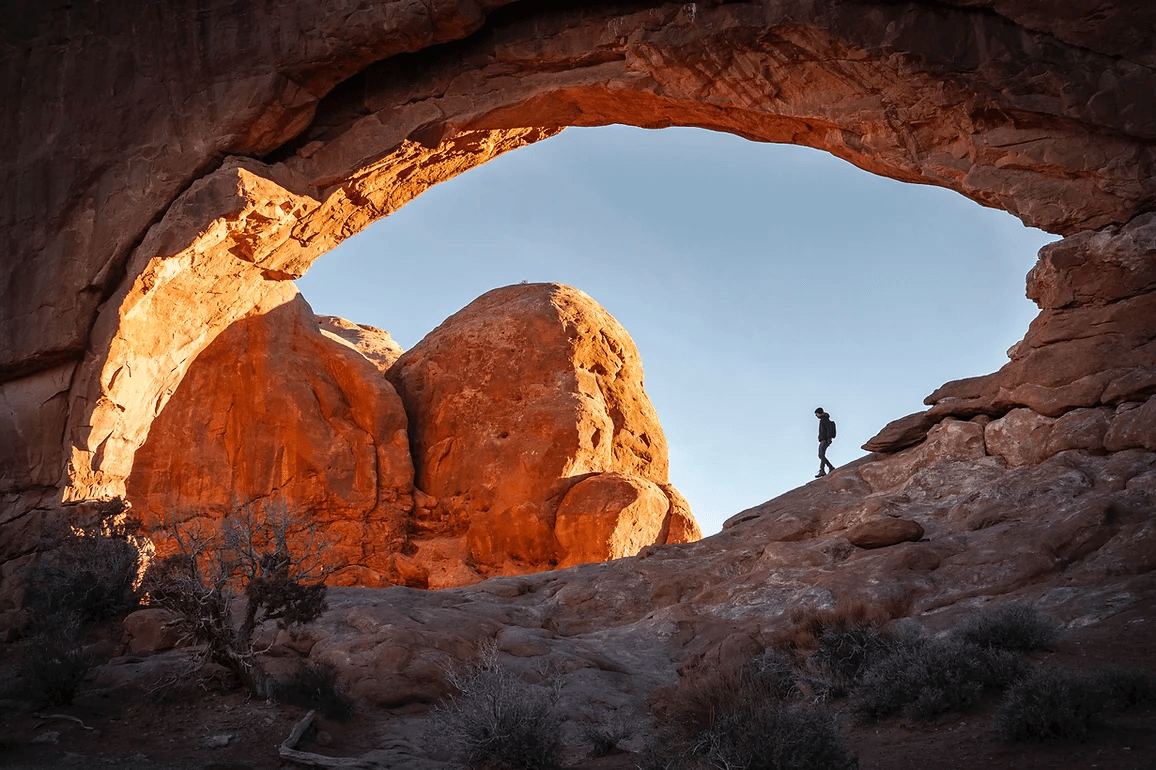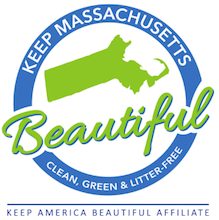
According to an analysis conducted by Plastic-Free Parks TrashBlitz, 81 percent of the waste collected in the national parks and on public land is made of plastic. The plastic production rate has increased drastically since the 1970s and as a result, plastic has become ubiquitous in everyday life. In 2017, a global analysis of all plastics ever produced was published in Science Advances. It was estimated that 6.3 billion metric tons of the 8.3 billion metric tons produced became waste, with only about 9 percent being recycled, leaving the bulk of waste to end up as litter or in landfills. Roland Geyer, the lead author of the study, says “We as a society need to consider whether it’s worth trading off some convenience for a clean, healthy environment.” Adding, “for some products that are very problematic in the environment, maybe we think about using different materials. Or phasing them out.”
Last year on June 8th, the Secretary of the Interior Deb Haaland released Secretary’s Order 3407. This order aims to completely phase out the sale of single-use plastic products on public lands including national parks by 2032. Single-use products refers to plastic items that are used, and discarded immediately. Included are items such as bottles, cutlery, polystyrene food and beverage containers, disposable plastic bags, and straws. There are eco-friendly alternatives like biodegradable paper and polylactic acid (PLA) which are the most popular materials for replacing single-use plastics. According to the National Park Service (NPS), each year national parks are visited by over 300 million individuals who leave around 70 million tons of trash for them to handle. When developing programs it is important to look at what has been effective in the past and compare that with what has not worked. In 2011, the NPS created a policy that urged national parks to cease bottled water sales in order to cut back on plastic waste. However, due to it not being a direct ban only 23 out of the 417 national parks implemented the restrictions. Ultimately, it was reversed during the Trump administration in order to expand hydration options for park visitors. The policy had some flaws, including removing water bottles and allowing the sale of sweet beverages, both featuring single-use packaging. In the years following, we have seen additional programs put in place that were focused on addressing the shortcomings of previous policies put in place.
One program we have seen be effective at reducing the amount of plastic waste in the national parks is Don’t Feed the Landfills. It was created by NPS, Subaru of America, and National Parks Conservation Association and launched in 2015. There has been 16 million pounds of waste kept out of the landfills since its launch. The program credits its success to public awareness and engagement. A hashtag #Dontfeedthelandfills was created to engage future visitors and inform them of the program's mission. In addition to the media presence that was generated, around 1,000 clearly labeled recycling containers were placed in high-traffic areas throughout the national parks. This encourages visitors to correctly sort their waste products. Strategies like Don’t Feed the Landfills were developed by working together with the community to identify actionable and effective plastic mitigation initiatives.
Secretary’s Order 3407 not only has the power to eliminate plastic waste from national parks, but also increases the knowledge available about more eco-friendly options. Materials that can replace single-use plastics are steadily increasing, giving more stewardship opportunities. This in tandem with well-introduced recycling programs provides National Parks the ability to curb single-use plastic waste, and make the recycling choice easier for park visitors. Individuals who are informed of all the facts can make better decisions, decisions that can benefit the environment. Knowledge is power when it comes to sustainability.
References
Aubrey, A. (2017, August 18). Trump Administration Reverses Bottled Water Ban in National Parks. https://www.npr.org/sections/thesalt/2017/08/18/544456726/trump-administration-reverses-bottled-water-ban-in-national-parks
Geyer, R., Jambeck, J., & Lavendar Law, K. (2017, July 19). Production, use, and fate of all plastics ever made. Science Advances, 3(7). https://www.science.org/doi/10.1126/sciadv.1700782
Parker, L. (2018, December 20). A whopping 91% of plastic isn’t recycled. National Geographic. https://www.nationalgeographic.com/science/article/plastic-produced-recycling-waste-ocean-trash-debris-environment
U.S. Department of the Interior. (2022, June 8). Secretary Haaland Issues Order to Phase Out Single-Use Plastics, Protect Public Lands and Waters [Press release]. https://www.doi.gov/pressreleases/secretary-haaland-issues-order-phase-out-single-use-plastics-protect-public-lands-0
Article courtesy of Seaside Sustainability.


